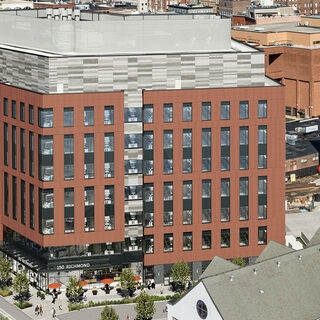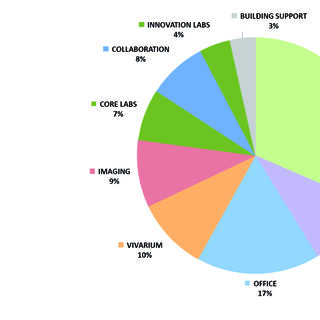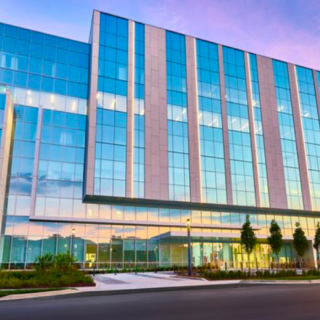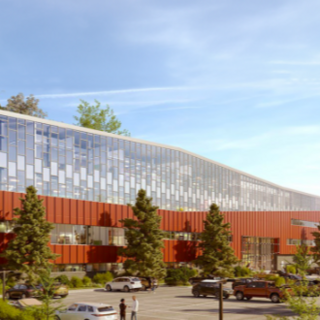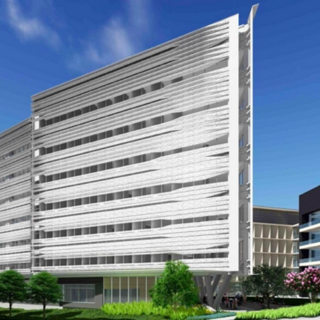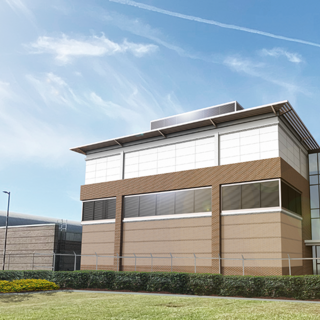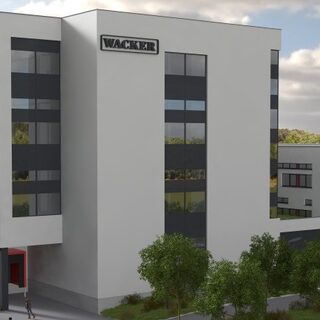Management and Communication Lessons from a Stalled Lab Renovation
When it was proposed in 2019, repurposing underutilized space at the University of Georgia for an industry partner’s fermentation lab appeared to be a good deal for everyone involved. It was a win for the pharmaceutical company that wanted to contract with the university to help it develop new products and needed a fermentation lab that met, at a minimum, biosafety level 2 (BSL-2) standards. It was a plus for staff at the university’s Bioexpression and Fermentation Facility who would perform the work. It represented an advance for the university that wanted to form new industry relationships and had available space at its Athens, Ga. campus inside the Animal Health Research Center (AHRC). And it was a win for the AHRC, a 75,000-sf biocontainment facility that would host a new industry partner in addition to other laboratories performing BSL-2, animal biosafety level 2 (ABSL-2), biosafety level 3 (BSL-3), animal biosafety level 3 (ABSL-3), and animal biosafety level 3-agricultural (ABSL-3Ag) research work.


